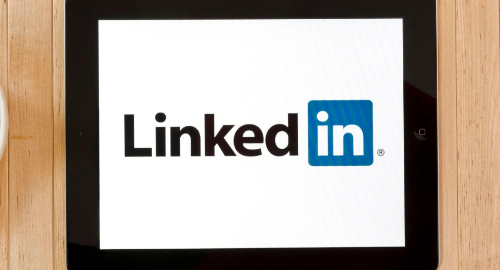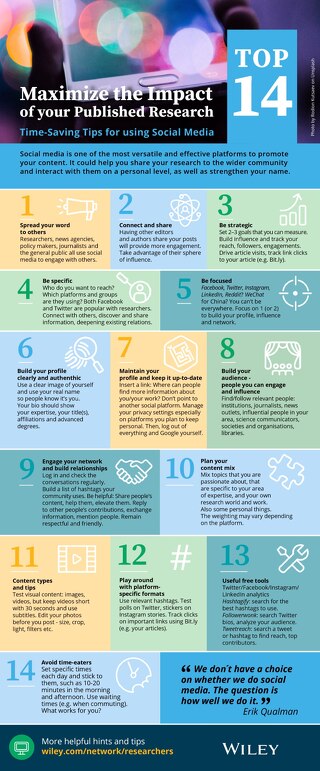how-is-the-public-being-misled-about-research
June 25, 2019
A key stage of the research journey is making the content discoverable and accessible to those who need to read and use it. Publishers and content providers have an ever-growing range of tools at their fingertips to achieve this, meaning that content is shared widely across social media, third-party platforms, mailing lists, discussion sites and all forms of news sites. Improving discoverability and accessibility is no doubt a positive move in many ways, but it does also bring some challenges in terms of how research is interpreted and communicated. A vast amount of research, plus an extensive array of ways to communicate it, have led to an ecosystem that can fall victim to abuse and misinterpretation.
Fake news about science has always existed. What has changed now is social media and the potential to disseminate this kind of news much faster among social networks.
-Dominique Brossard
Addressing scientists at the 2017 meeting of the American Association for the Advancement of Science, University of Wisconsin-Madison Life Sciences Communication Professor Dominique Brossard highlighted that social media (and other forms of online news and content providers), is enabling news outlets to mislead the public about the significance and results of scientific research.
How Is Research Misinterpreted in Media and Scholarly Communications?
With so many platforms, publications and channels to go to for news and discussion, it is increasingly important and challenging, to find sources that you can trust. In a world that acknowledges the existence of fake news and misinformation, what kind of effect is this having on how research is communicated to the public?
Content providers are continually competing for screen time and reader attention, and it is no secret that interpretations of research are sensationalized and molded to grab public attention. The over-simplification of complex research, plus a pervasive need to find that attention-grabbing headline or hook, means that the stories reaching the public are often out of context and misleading. A New Zealand study reported biases within journal press releases towards research with more potential for sensationalism:
The authors analyzed the press releases of seven high-impact medical journals and found that journals gave less media coverage to randomized control trials (RCTs) and favored observational studies. Only 17% of the published RCTs found their way to a press release compared to 50% of the observational studies.
These results show that scholarly publications are responding to the media appetite for bold headlines, highlighting the research that is most likely to make a front-page splash, often regardless of context.
A group of US researchers carried out a systematic review of the language used by content providers when sharing health studies research via social media, and the findings clearly showed a disparity between the original research and how it was being presented to audiences via social media:
- The most-shared research studies on social media used language that strongly implied causality (20%) and made claims without clear data to back them up (34%), even though only a small amount (6%) actually had strong causal evidence.
- The most-shared media reports about research used language that strongly implied causality (44%), and many (58%) contained at least one major error about the research.
How Can the Public Regain Confidence in Research Reporting?
If we acknowledge that there is a disparity between original scientific research and the way it is often interpreted and presented, whether that be by trade media or by scholarly publications, then the next logical question is – how do we combat this?
It makes sense to start by being more selective and questioning what you see. If we stop assuming that everything we read from a particular source is true, then we start to question the information we are given and approach media content in a more scientific way.
A great example of how to do this in practice comes from Julian Matthews, Research Officer in Cognitive Neurology at Monash, who encourages readers to ask themselves these 3 questions:
- What type of content is this? Many people rely on social media and aggregators as their main source of news. By reflecting on whether the information is news, opinion or even humor, this can help consolidate information more completely into memory.
- Where is it published? Paying attention to where information is published is crucial for encoding the source of information into memory. If something is a big deal, a wide variety of sources will discuss it, so attending to this detail is important.
- Who benefits? Reflecting on who benefits from you believing the content helps consolidate the source of that information into memory. It can also help us reflect on our own interests and whether our personal biases are at play.
When it comes to how we process the research information presented to us by third parties, it is increasingly important that we evaluate and question, not just the content, but also the sources themselves.













